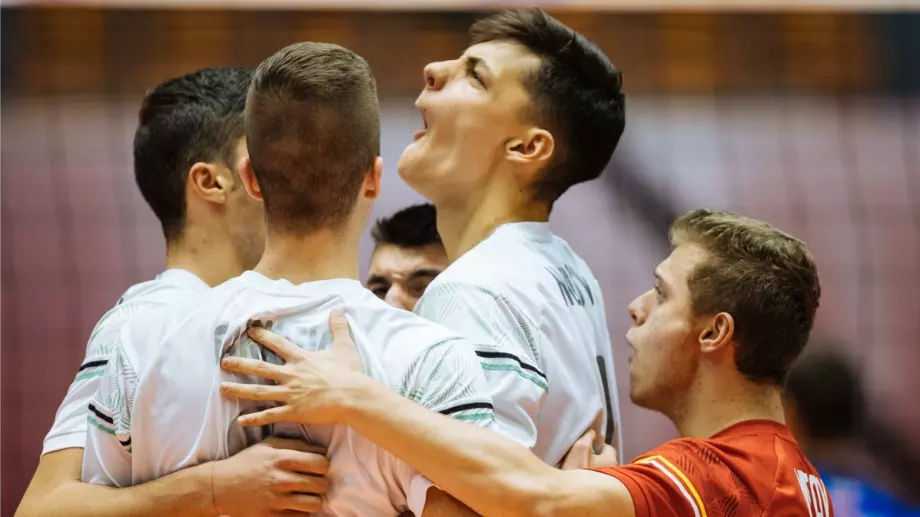
Why Williams' rivals warn a CapEx rules break would risk "the end of the cost cap" | News Focus
When Formula 1 teams aren’t battling on track, they’re fighting behind the scenes for the slightest advantage over the other. The latest battleground is over capital expenditure and the crucial issue at stake is how much teams can spend on developing their facilities so they can compete with their rivals. Advert | Become a Supporter & go ad-free The operational expenses (‘OpEx’) limit this season is set at a baseline figure of $135 million (£106.8m), though some adjustments apply. That covers anything required to operate, design, develop, build and race a car, including staff members and materials. Some items are excluded, such as the salaries of a handful of top employees. However another limit applies to capital expenditure (‘CapEx’), which amounts to $45m (just under £36m in a conversion set down in the Financial Regulations) per year. This includes big-ticket items that facilitate the building of the car: infrastructure, tools, systems and machines. The quality of a teams’ hardware has become all the more important in the budget cap era, because the more cost-effectively you can develop, the faster you can gain ground on your rivals. F1’s budget cap was introduced in 2021 The idea of the cost cap is sound in principle: It reins in the top teams who had been vanishing into the distance on track and gives the others a chance to compete with them, if not now then a few years down the line. But at least one team has discovered it will take a long time to catch up given the constraints on CapEx spending. Williams have been the tail-enders for four of the last five seasons. James Vowles joined them from Mercedes, whose run of eight consecutive constructors championships only ended last year. Speaking to RaceFans earlier this year , Vowles said it was unbelievable to expect that Williams can compete with facilities “20 years out of date” compared to those at Mercedes. Advert | Become a RaceFans supporter and go ad-free “It’s an organisation that is incredible in what it achieved,” he said. “It has a car here, 17,000 components that it put together without any digitised system at all. I didn’t even believe that was possible in modern-day Formula 1.” Since then Vowles has been lobbying for an increase in what teams can spend on their facilities and infrastructure. Williams was arguably unlucky with the timing of the arrival of investor Dorilton at the end of the 2020 season, just as the cost cap was arriving from 2021. Williams’ Vowles has called for more infrastructure spending Contrast that to the situation at Aston Martin, whose new owner Lawrence Stroll took over two years earlier and was able to begin spending before the cost cap came in. They began moving into their impressive new factory a few weeks ago. To Vowles’ frustration, two proposals to allow Williams to ramp up its facilities were rejected as teams went “round in circles” during an F1 Commission meeting. One proposal was an across-the-board increase in the OpEx limit, which was supported by teams, but not the FIA and F1. The other suggestion was that if a team can show they have a disadvantage in certain areas and need more cash to improve it, they would receive permission to address it. That was not as favoured. “It’s disappointing because there were there were a number of votes on increasing just globally the amount of CapEx by 50 or 70 million pounds,” Vowles explained. “The blanket increase was the one that had the most support as you would imagine, because all teams across the grid benefit from it. Advert | Become a RaceFans supporter and go ad-free “It’s not the right solution for the sport. But even as Williams I would have preferred a blanket increase over nothing, which is where we are today.” The case-by-case proposal also failed to win support from enough of Williams’ rivals despite repeated attempts to get it over the line. “My hand was actually aching from the amount of time I held it in the air,” Vowles said. Ferrari boss Vasseur is not keen on exemptions The rival teams who oppose a loosening of the CapEx restrictions fear it would trigger a rapid escalation of costs. Ferrari team principal Frederic Vasseur said the budget cap had brought much-needed stability. “My point of view is that we have a regulation, we changed many times the regulation and for me the good shape of F1 today is due to the stability. “If you start to change the regulation each week because someone has an issue or wants to invest somewhere, it’s the end of the stability. And it’s a no-end process because today it’s Williams who wants to have a new ERP [Enterprise Resource Planning] system, tomorrow it will be another one who wants to buy new trucks.” The ERP System is software that helps teams track all the activities of an organisation. F1 teams use to monitor their spending on the design and production of new parts. Advert | Become a RaceFans supporter and go ad-free Allowing an exception to the cost cap would be a “no-end discussion”, warned Vasseur. “We have to be coherent that the cost cap was the biggest step forward for F1 in terms of stability, convergence of performance, profitability of the teams and so that it mean that either we go in this direction and I am fully supportive or it’s the end of the cost cap.” Mercedes CEO and team principal Toto Wolff made a similar case. “Some teams jumped on the bandwagon and said, well, actually we would like to have a little bit more CapEx,” he explained. “That number went up from 50 million to 60 million, 70 million, 90 million, and suddenly it was like free rein. “We need the stability of regulations on financial relations. You need to be able to have a business plan that is valid and not free reign that every two years we change the goalposts on CapEx. So that’s why this was the end of the CapEx discussion.” However Vowles’ former boss indicated he may yet get something like the deal he is looking for. “Maybe we’ll find a solution for Williams.” Williams have managed to haul themselves off the bottom of the pile this year, lying seventh in the championship at the halfway point. But they still have a long way to go to get back to regular point-scoring ways. Vowles reckons it took “20 years of underinvestment” for the team to find itself at its current disadvantage. It remains to be seen whether a solution will be found to at least give Williams the leg-up they are looking for. But this is a key problem with the cost cap that needs to be fixed if it’s to have the desired effect of bringing the performance of all teams to the same level, which F1 has been so eager to realise. Advert | Become a RaceFans supporter and go ad-free




